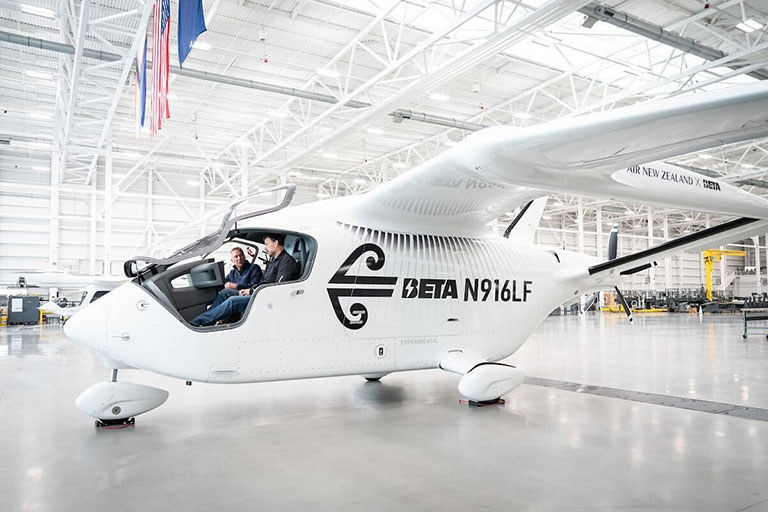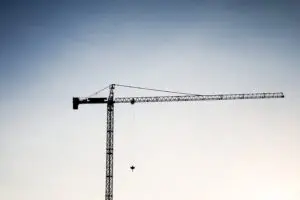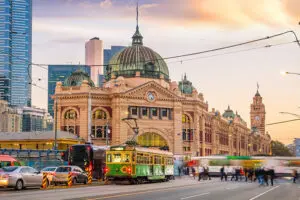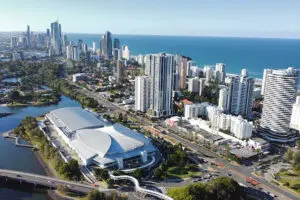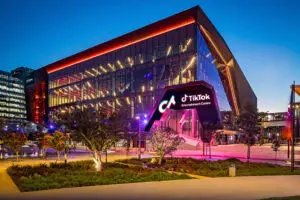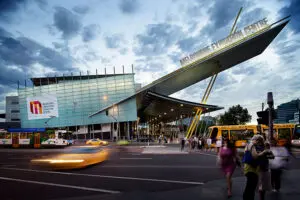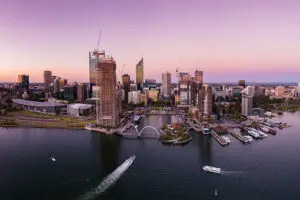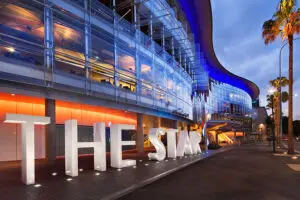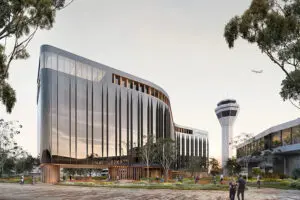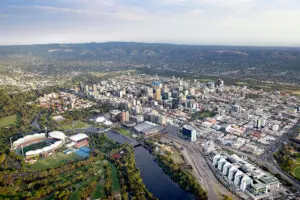The airline will be testing the US-manufactured ALIA CX300 aircraft from BETA Technologies to see how it fares in New Zealand and to start preparing its team to operate the new type of aircraft.
In 2025, the aircraft will fly from Hamilton, eventually flying all the way to Wellington.
Air New Zealand is planning to have the same aircraft begin domestic freight services between Wellington and Blenheim in 2026.
“We’re so thrilled to be moving into the next generation of aviation,” said Air New Zealand’s chief corporate affairs and sustainability officer, Kiri Hannifin.
“This future is one where we can fulfil our purpose to connect New Zealanders but with much lower emissions – something we are deeply committed to expediating as quickly as we can to help meet our 2050 net zero carbon emissions target.
“The technology behind this aircraft is incredible, and we’re very proud to be able to bring it to Aotearoa a little earlier to show the country what the future of domestic air travel will look like.
“Some of our Air New Zealand pilots will have the opportunity to learn to operate the aircraft alongside BETA pilots. This not only allows them to gain experience on a completely new type of aircraft, but it will also guide the airline’s work to develop the processes and policies required to operate the aircraft commercially in 2026.”
The airline also announced in December that it had made its largest ever purchase of sustainable aviation fuel (SAF) to be used out of Californian airports.
SAF can reduce the carbon emission of flying by up to 80 per cent across the fuel’s lifecycle, when compared to traditional jet fuel. Air New Zealand’s most recent purchase was more than 30 million litres, representing 1.6 per cent of the carrier’s fuel mix for a year.
“1.6 per cent is still a very small proportion of our total fuel use, but it’s four times more than we carried last year, so I am thrilled with the trajectory. Like all airlines, we urgently need to move away from our high reliance on fossil fuels as quickly as we can. Securing year-on-year higher volumes of SAF is critical,” said Hannifin.
“Momentum around SAF policy and production continues globally, with airlines, governments, airports and fuel companies moving towards alternative fuels at an increasing pace, particularly in the Asia-Pacific region, which is incredibly gratifying for a South Pacific airline like us.
“While we are doing what we can at a global and industry level, we also need supporting SAF policy in New Zealand which may also pave the way for domestic production. We are seeing more and more governments overseas moving to enact low-carbon aviation policies to support their economies, so we’d love to see similar support here to ensure New Zealand isn’t left behind in the move to lower emissions fuels.
“As an airline, we are targeting using 10 per cent SAF by 2030. We’ve invested in two feasibility studies to understand if New Zealand production from feedstocks like woody biomass could become a reality and we are delighted that it can be. We’re pulling every lever available to us because sitting on our hands is not an option. The climate crisis is worsening, and we are responsible for changing the course of action to protect our natural environment for future generations.”
In 2024, Air New Zealand became the first major airline to withdraw its 2030 emissions reduction targets, citing multiple reasons including manufacturing and supply chain issues delaying the airline’s fleet renewal plans, the availability and cost of SAF and the policy environment domestically and globally.




